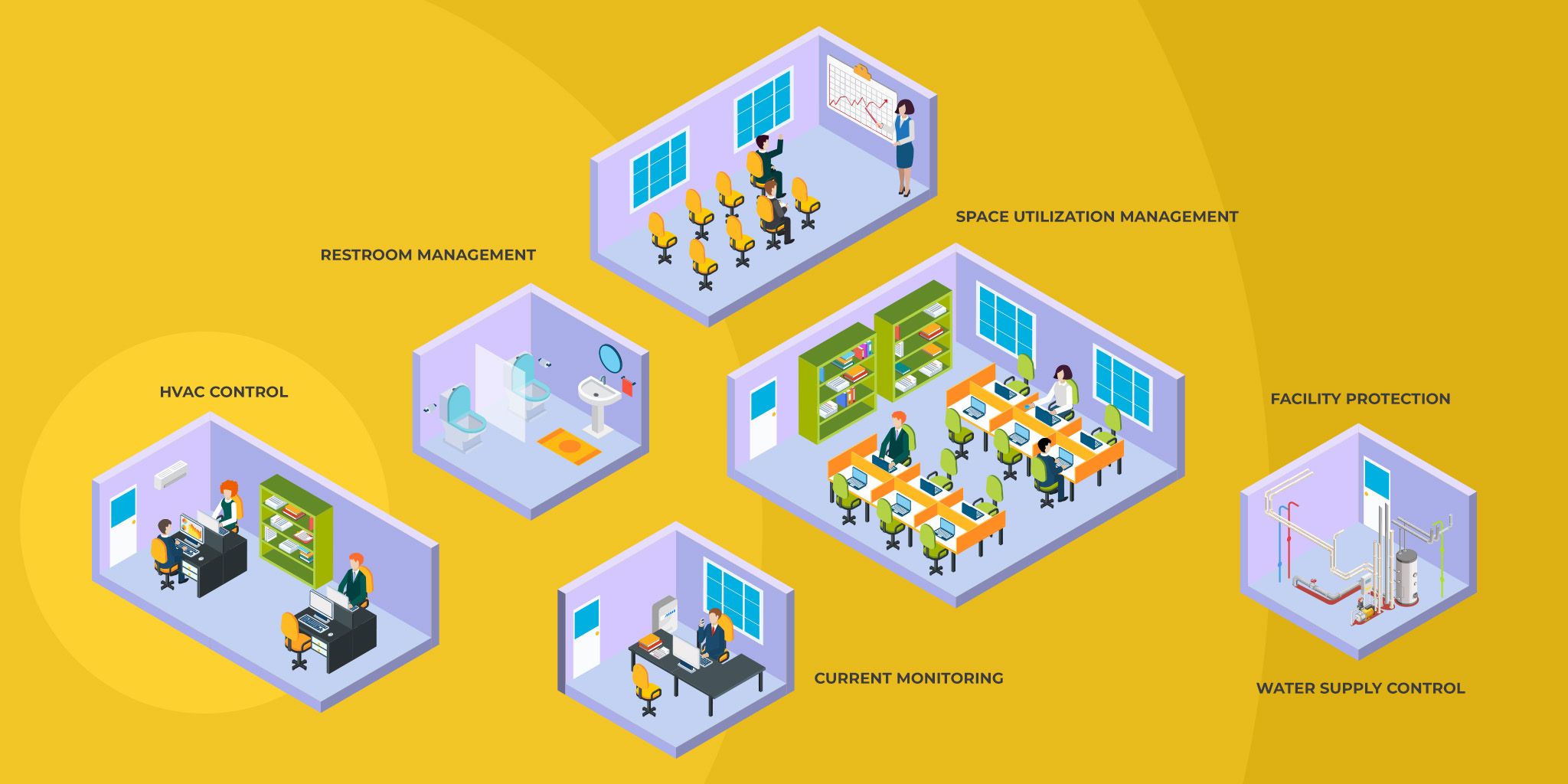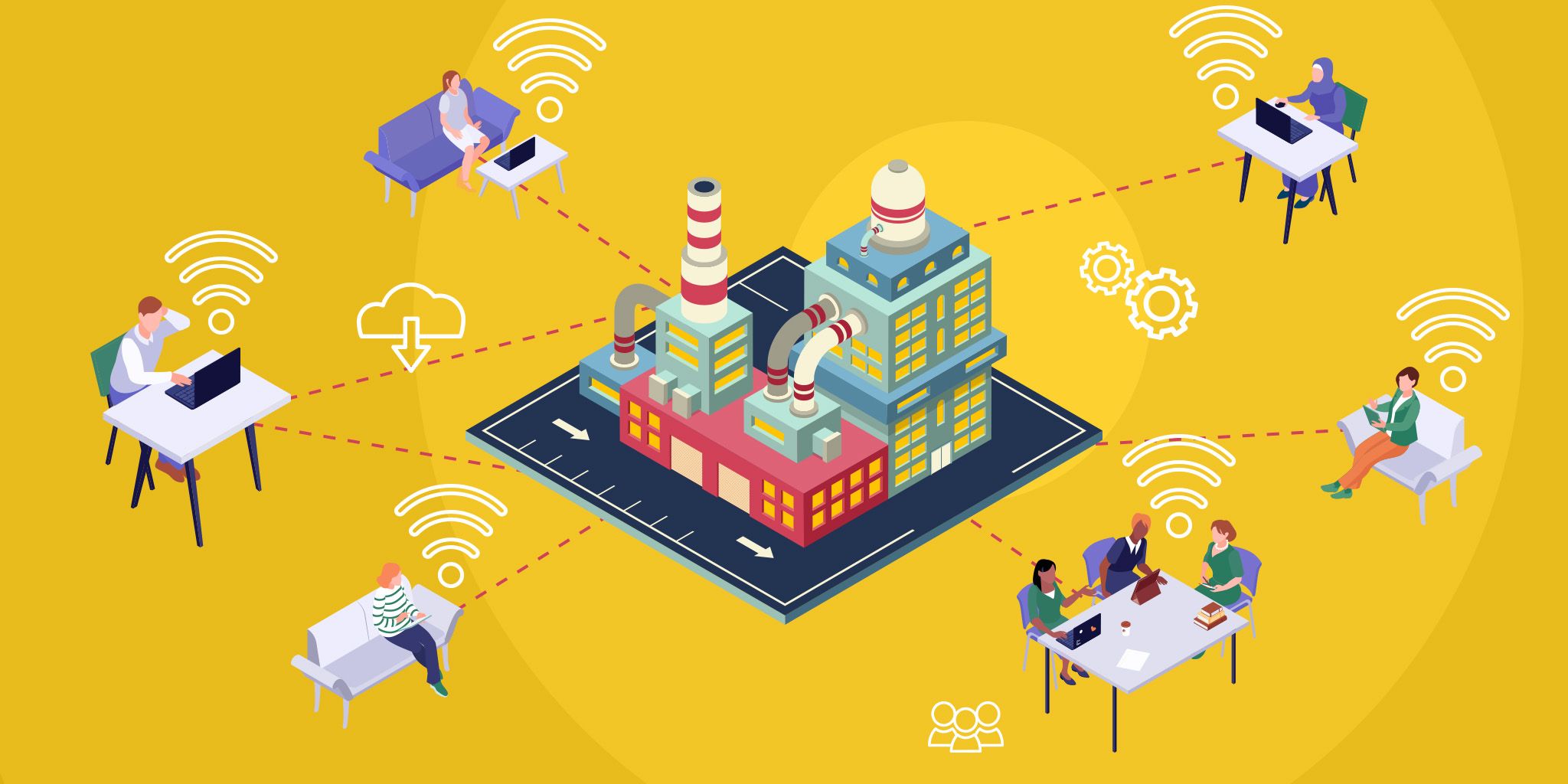Low-Code Platforms For Building & Automating IoT Networks
Low-Code Platforms For Building & Automating IoT Networks
- Last Updated: December 2, 2024
Guest Writer
- Last Updated: December 2, 2024



By 2025, the number of Internet of Things (IoT) connected devices will reach 30.9 billion units globally. IoT is one of the fastest developing tech trends, slowly becoming a vital part of data-driven businesses desiring to optimize their processes. While the average volume of data varies depending on organization size, connecting to IoT devices generally increases this volume substantially. Managing it accurately offers organizations the ability to use data and create processes around it to drive more efficient operations, as well as actionable insights that drive productivity. IoT as a concept has a definite place in digital transformation strategy but is only as efficient as the development methods that build apps and processes around it. Without the right development philosophy, it can be challenging to harness the true disruptive potential of IoT. Let's take a look at some of these challenges and how low-code platforms can help better drive IoT networks.
'Businesses that pair IoT with low-code development gain a crucial competitive advantage.' -Chintan Jain
IoT Network Challenges
Given the expansive reach of IoT networks, there are many challenges in implementing a process-oriented system, such as the following:
- Managing the extensive volumes of data IoT networks generate.
- Getting the right tools to track this data and analyze it effectively with accurate, real-time reports.
- Collecting large amounts of data manually from siloed sources.
- Storing and dispersing large volumes of data generated by IoT networks safely.
- Bypassing security, vulnerability, and access-control issues.
- Accounting for the severe skill gap required to manage, track, and extract maximum benefit from IoT devices.
The Case for Low-Code Platforms
Low-code platforms are gaining a lot of recognition—and rightly so. Statistically, not only is the demand for such solutions rising but organizations are seeing a permeation of low-code tech across functions, departments, and industries. Here are some stats that highlight this change:
- 67 percent of enterprises value low code for its process automation capabilities.
- 26 percent of company executives cite low-code tools as their most critical automation investment.
- 73 percent of CFOs believe their businesses are already using automation and integrations to streamline workflows and processes.
- In 2021, 38 percent of global respondents used low code for data modeling and visualization, 36 percent for automated data gathering and management, 35 percent for standardized data security, and 34 percent for business IoT.
Why Use Low-Code for IoT?
A real-world example of how low-code can help maximize the use of IoT devices and networks is by automating aspects of data collection and workflows in the production line. For example, if an IoT device is used to monitor the health of a machine, the data used should be able to accurately identify downtime, maintenance requirements, and lifespan. A low-code app can then be set up in integration with the device to trigger workflows that expedite, prepare, and execute such activities. The data from the IoT device can also be used to analyze the output and determine the action needed to decommission or upgrade the machine.
#1: Faster Time to Market
Low-code tools offer a flexible and efficient application development platform to build IoT-centered customized applications from scratch in hours using visual methods and models.
#2: Security
Low-code automation offers enterprise-level security features and certifications, so IT departments can control access, add devices, and manage more data safely and securely.
#3: Cross-Platform Compatibility
The cross-platform accessibility features of low-code tools allow companies to communicate better, connect functions that are typically siloed, and maximize capability significantly.
#4: Extensive Integrations
To benefit greatly from IoT data, organizations can incorporate smarter IoT endpoints, organize data flow, and use low-code integration capabilities with other IT assets, and the tools APIs.
#5: Superior Analytics
Low-code tools provide advanced analytics and reporting features that help your businesses enable automation, data collection, and intelligence through advanced analytics and reporting.
#6: Address Skill Shortage
Low-code platforms are easy to use and help address the shortage of skilled core developers and engineers needed to manage, maintain, and leverage IoT-based applications.
Benefits of Low-Code for Automation
#1: Improved Agility
Low-code tools streamline the app development process with a visual, drag-and-drop framework that doesn't require in-depth knowledge of coding or development concepts. With these, non-tech professionals can create visionary digital solutions from scratch and solve business problems faster. Your company will satisfy changing customer needs easily, recognize new opportunities, react to market changes, and improve the company’s agility.
#2: Unique Application Design
When creating an IoT application, user interface design should take precedence. Let your digital solutions focus on empowering the user to visualize data quickly and make decisions. Low-code tools can help you embed industry-standard user interfaces into digital products and applications, enabling the user to enjoy a unique experience and switch between platforms and devices easily.
#3: Reduced Costs
Low-code tools are software-as-a-service platforms whose costs scale up or down with use. They are an affordable option for organizations on a limited IT budget. Also, because they are designed for users with little to no coding experience, they are easier to use. It's cheaper and much faster to onboard non-tech employees on these platforms.
Leveraging Low-Code Tools
The link between IoT and low-code development cannot be overstated. Low-code development can help your business use IoT devices and networks by recognizing the potential opportunities tied to IoT in your organization, then implementing those opportunities to the maximum. Businesses that pair IoT with low-code development gain a crucial competitive advantage.
The Most Comprehensive IoT Newsletter for Enterprises
Showcasing the highest-quality content, resources, news, and insights from the world of the Internet of Things. Subscribe to remain informed and up-to-date.
New Podcast Episode

What is Hybrid Connectivity for IoT?
Related Articles





